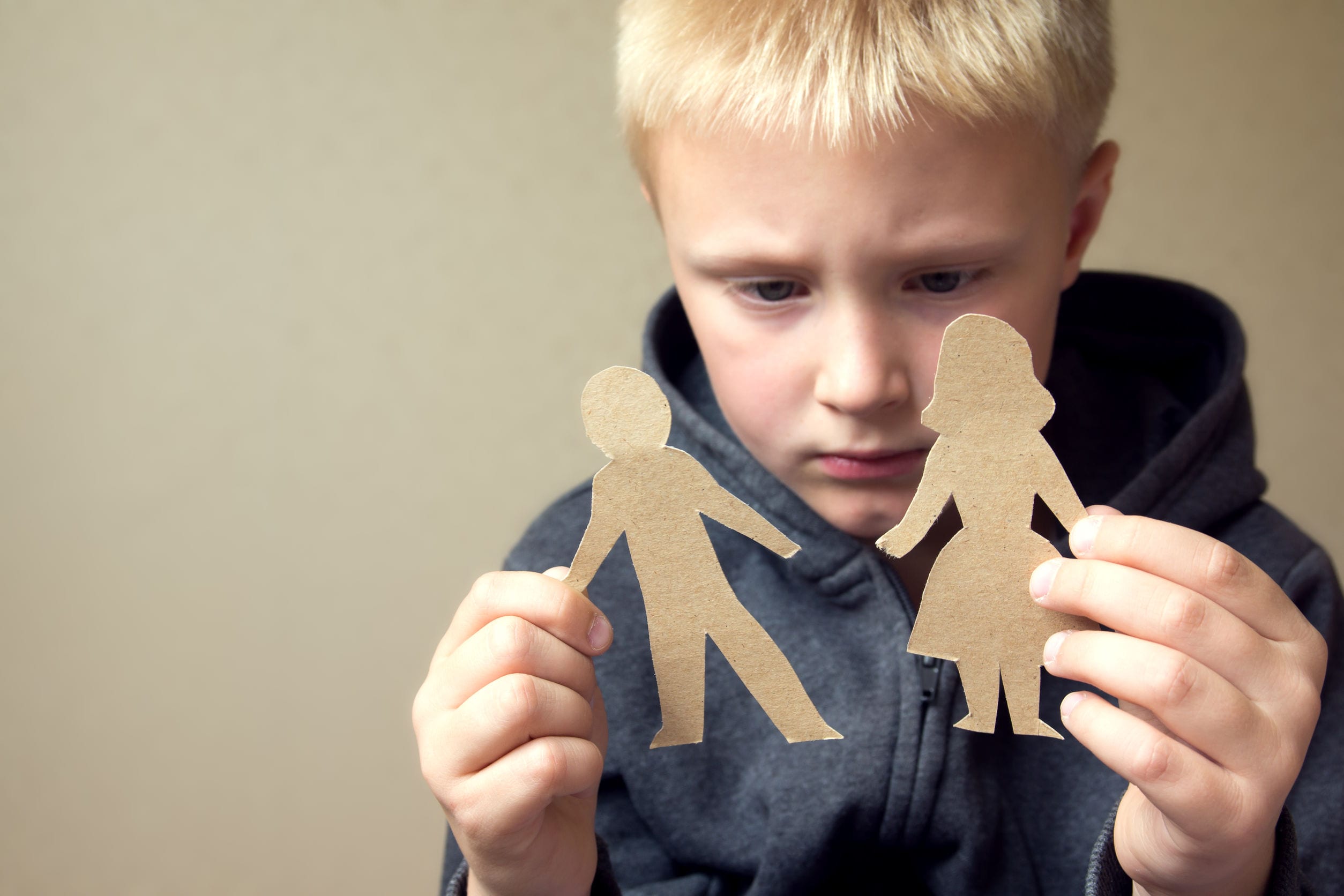Pros and Cons of MN’s Newly Proposed Parental Custody Split
Recently, the Minnesota Legislature has proposed a new set of legislation for child custody agreements. This new legislation, known as HF 887 and HF1666/SF 1295, is significantly more strict in how it views parental custody.
Specifically, it holds that both parents of a child are entitled to equal parenting time. If this legislation becomes law, it would be a dramatic change for many Minnesota parents.
Having a 50/50 custody split as the primary custody agreement may help people in some situations, but not all. In fact, this change has some significant downsides compared to current Minnesota custody laws.
Current Minnesota Child Custody Guidelines
Currently, the state of Minnesota’s child custody law includes a presumption that parents are entitled to 25 percent parenting time, not 50 percent.
That means that unless one parent can show that the other is likely to put the child in danger or otherwise harm them, then custody can be split at most to 75 percent/25 percent. The newly proposed bill would make equally split custody the standard. Arguing any other split may prove difficult after its enactment.
In Minnesota, parents who want to argue for sole or primary custody must show that this would be in the best interests of the child. That’s because all court decisions regarding custody are supposed to be made with this in mind. The court is required to take into consideration factors such as:
- The child’s current living situation
- The child’s current relationship with each parent
- The child’s age
- The ability of both parents to support the child
- Maintaining a stable environment for the child
- The mental and physical health needs of the child and the parents
- The presence of domestic abuse
Taking these factors into account, the court then decides whether custody will be split equally or if one parent should have primary custody. The goal is to keep the child’s life as stable as possible while also keeping them safe and supported.
The new legislation would affect what elements the court could take into account when considering their best interest. In particular, courts would no longer be able to consider the child’s age or their relationship with their parents.
This could also dramatically affect the parents of very young children or children of parents who were never married.
Potential Benefits a 50/50 Custody Split

The newly proposed legislation is intended to give parents equal access to their children. This has some significant benefits for many co-parents. Some potential benefits of standardizing 50/50 child custody include:
- A presumption of equality between parents
- A decrease in perceived court bias against men
- A potential reduction in litigation
- Simplification of court proceedings regarding child custody
- Standardization of court decisions state-wide
In general, 50/50 custody offers both parents equal rights when it comes to their children. Both parents will have equal time with their children, so parents will both be able to develop relationships with them.
Furthermore, this type of custody helps balance the parents’ responsibility for the child, so neither parent faces an undue burden. However, there are some serious problems that could arise because of this legislation, as well.
When a 50/50 Custody Split Could Cause Unintended Issues
While a presumption of 50/50 custody is generally reasonable for relationships in which both parents are able to care for the child safely, safe care is not always a reality. When one parent is separating from the other for reasons of abuse, neglect, or safety, the 50/50 custody presumption may make the separation process more difficult.
Added Difficulties Navigating Unsafe Parental Situations
Understanding how imposing an equally split custody agreement can make things harder for those suffering abuse is easy. This legislation shifts the burden of gaining sole custody onto the abused partner. It may also lead to children remaining in unsafe conditions while their non-abusive parent fights a legal battle to gain primary or sole custody.
Burdens on a Steady Routine for Children
Even outside of abusive situations, a presumption of equal custody places a significant burden on parents of very young children or parents who live far apart. Infants and toddlers do best when they are supported by a routine, and splitting their time between two homes could lead to stress and developmental problems.
Factors That Can Lead to Greater Conflict between Co-Parents
Similarly, regardless of age, transporting a child a significant distance regularly is a financial and mental burden on everyone involved. Finally, if the child’s parents find it difficult to effectively co-parent, that child is likely to be exposed to significant amounts of conflict under equal custody agreements.

The new Minnesota legislation is well-intended, but it’s not a perfect solution. The right custody agreement for any given situation will vary – it’s not a one-size-fits-all scenario. If you’re facing child custody issues, reach out to a qualified Minnesota family law attorney today to explore your rights and options.
About the Author:
A lifelong Minnesotan, founding partner Ronald R. Envall has spent his entire legal career fighting for the little guy, focusing on workers’ compensation, Social Security, and personal injury cases. He has been recognized by SuperLawyers as a Top Rated Attorney in Duluth, placing him in the top 5 percent of all workers comp lawyers across the state. In his free time, Mr. Envall serves on the boards of several area government and nonprofit organizations and is a member of the Minnesota Association for Justice, which supports consumer rights.
















